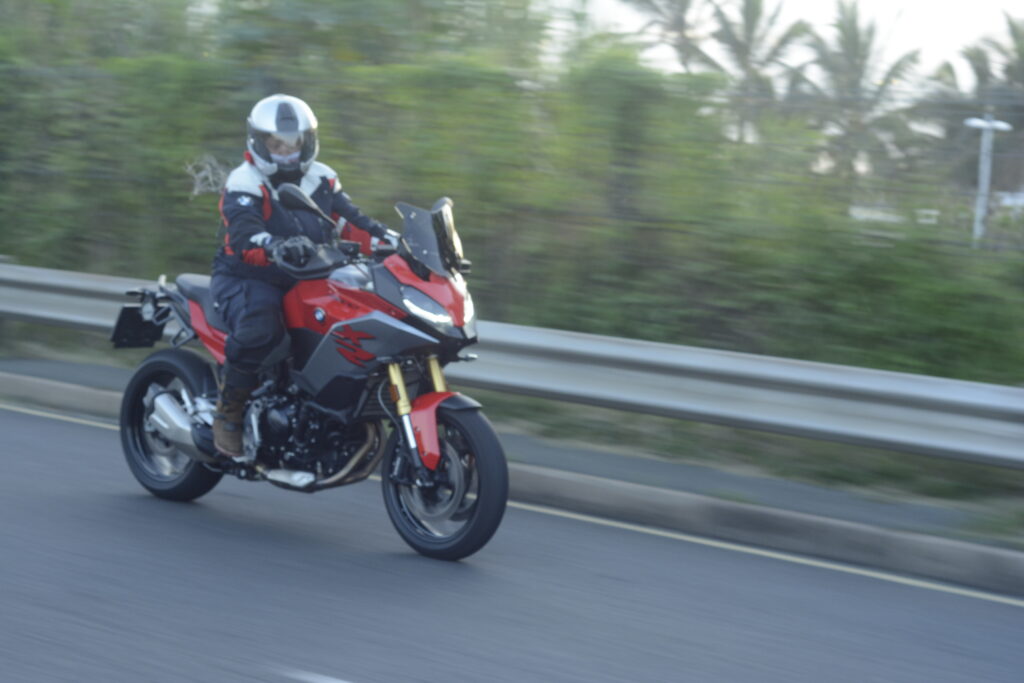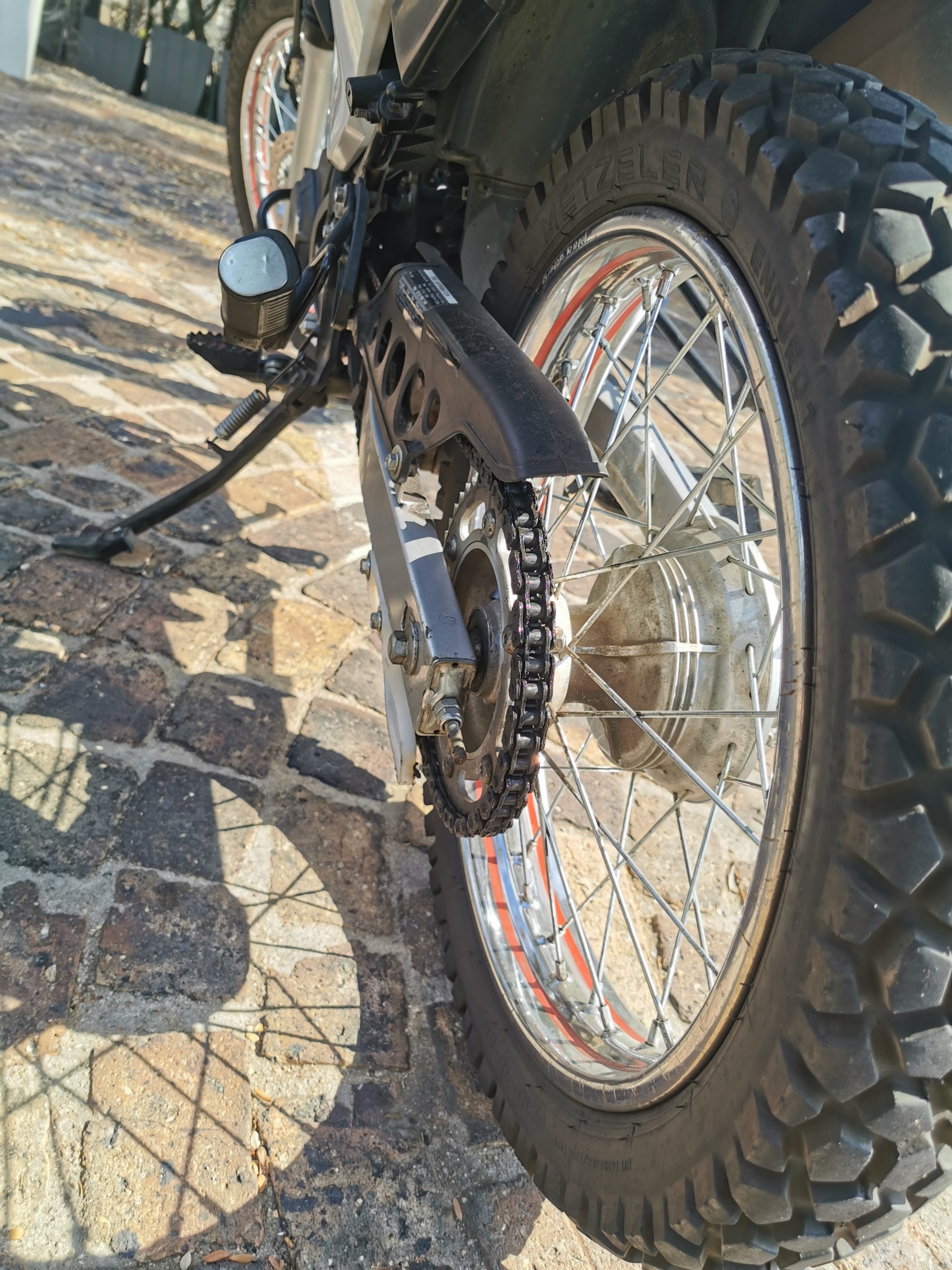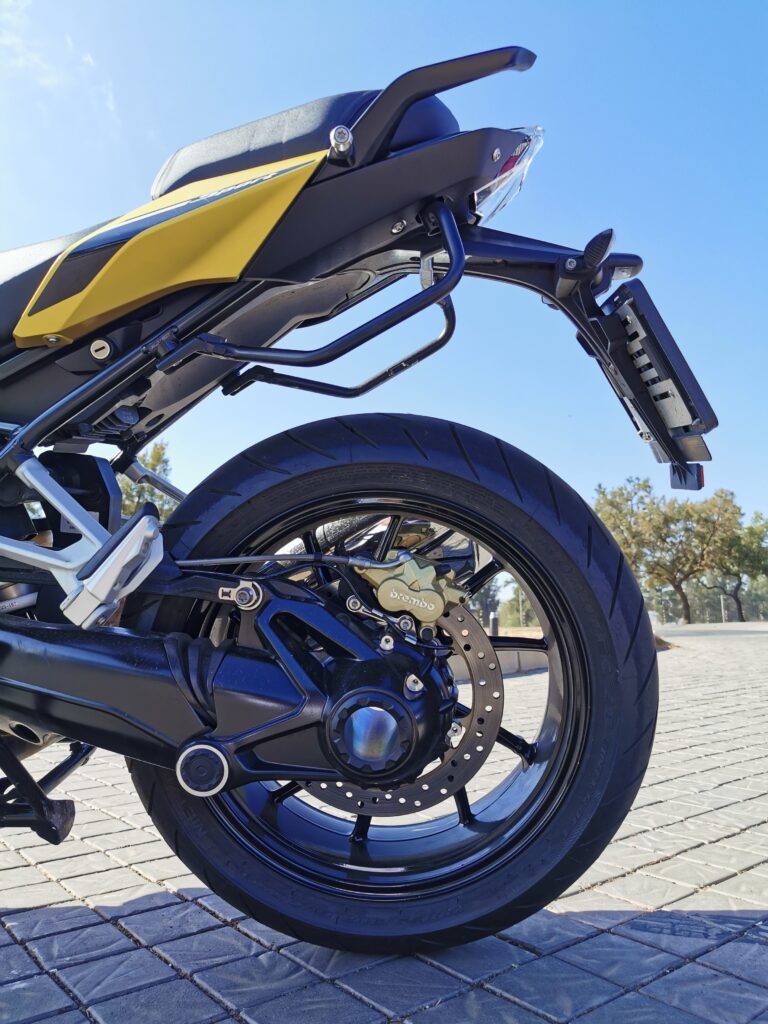Motorcycle Tips For New (& Experienced) Riders: Part 2
Motorcycles are cool and fun to ride, but in truth, they are much riskier modes of transport than cars.
Motorcycles are cool and fun to ride, but in truth, they are much riskier modes of transport than cars.
Riding a motorcycle is one of the coolest things I’ve ever learned to do, but it requires much more thought and focus than one might initially think.
With the excitement of learning how to ride comes the responsibility of managing one’s safety; and a pre-ride inspection is probably the easiest way to do that.
– Vuyi Mpofu, editor, heels & horsepower magazine
Doing a pre-ride inspection helps you discover potential problems and gives you an opportunity to attend to them before they become major, life threatening issues. Experienced riders might have a quicker way of getting through a pre-ride check list but for us newbies, it is best not to take short-cuts.
Walking right round my motorbike and giving it a good looking over is the first step towards ensuring my safety.
vuyi mpofu, editor, heels & horsepower magazine

My pre-ride routine is a little detailed and adds 20 mins to my total ride time but I wouldn’t skip it for anything. Coupled with wearing proper riding gear each time I climb onto the saddle checking my ride before hitting the road gives me a lot of confidence.
Here is my pre-ride routine:
As simple as this sounds, walking right round my motorbike and giving it a good looking over is the first step towards ensuring my safety. I look out for:

I check that the various features needed for a safe ride feel and function normally. These are:
Lastly, with the side stand down for safety and the bike upright, I swing the handlebars from side to side to check for any free play.

Firing up engine, I listen for any abnormal engine sounds which would indicate a mechanical issue, then check that the lights (including stop lights and headlight high beam), indicators, horn and other controls work optimally.
The 800m distance from the parking spot to my front gate gives me adequate time to further listen to the engine as well as focus on any vibrations I get from the bike.
One of the most important safety checks which I admittedly only remember once I am on the road is checking my fuel gauge. Thankfully I have never had to make a dash to the nearest fuel station on foot. Not only would it be somewhat embarrassing but I would look mighty weird bobbing down the road in my heavy-duty adventure boots with helmet in one hand and fuel in the other.
Gone are the days when bikers were predominantly male and an increasing number of women have steadily entered this space. Vuyi shares why she too has pulled on a helmet an how her two-wheeled journey begun.
I must have been about 9 years old when I first got close enough to a motorcycle to be able to touch it. My uncle Mo had rolled up the driveway on an incredibly loud piece of machinery with a grin on his face only rivalled by the one he had whenever there was a beer in his hand. With great aplomb he had dismounted his iron horse and handed me his helmet. Fascinated but nervous, I remember slowly approaching the motorbike and studying it from headlamp to glistening tailpipe, before making a solemn promise to myself that I would one day command such a beast. Fast-forward a decade or two (or three – who’s counting?!) and I have finally realised my childhood promise.
For women from a conservative up-bringing the idea of taking up on two-wheels is most often interpreted as a form of rebellion. Women are not quite expected to do that sort of thing. Instead, we are moulded into soft-spoken care-givers whose lives are dedicated to the tireless service of others, not straddling a hulk of metal, wearing tight leathers!
Some readers may argue that times have changed and indeed they have; however, culture and attitudes – not so much. In my view, this is one of the biggest reasons why many women may wish to, but dare not actualize learning how to ride. Incidentally, the same highly raised eyebrows remain decisively in place when a woman rides pillion. Perhaps holding onto a man for dear life, with one’s bosom pressed firmly against his back is what some understand as what’s meant by the saying “behind every man is a woman”.
My 8-valve, 2-cylinder, 40.2kW, 6-speed motorcycle has a large colour LED screen to display vital info and 22l of storage space. At just over 800mm from the ground its perfect for my 1.57cm (barefoot) self and being an auto means I won’t have to worry about accidentally shifting into the wrong gear but instead allow me to focus on perfecting basic riding skills such as stopping without wobbling and accelerating from intersections without stalling the engine!
Most importantly, it will allow me to concentrate on safely navigating amidst motorists who unexpectedly change lanes or drive distracted. For forecast for 2020 includes many adventures and happy memories but in order to live long enough to share those with you I urge all motorists to watch out for bikers. We are people too and our loved ones expect us to get back home just as yours do.
Vuyi regularly shares her biking experiences on @bikinginheels